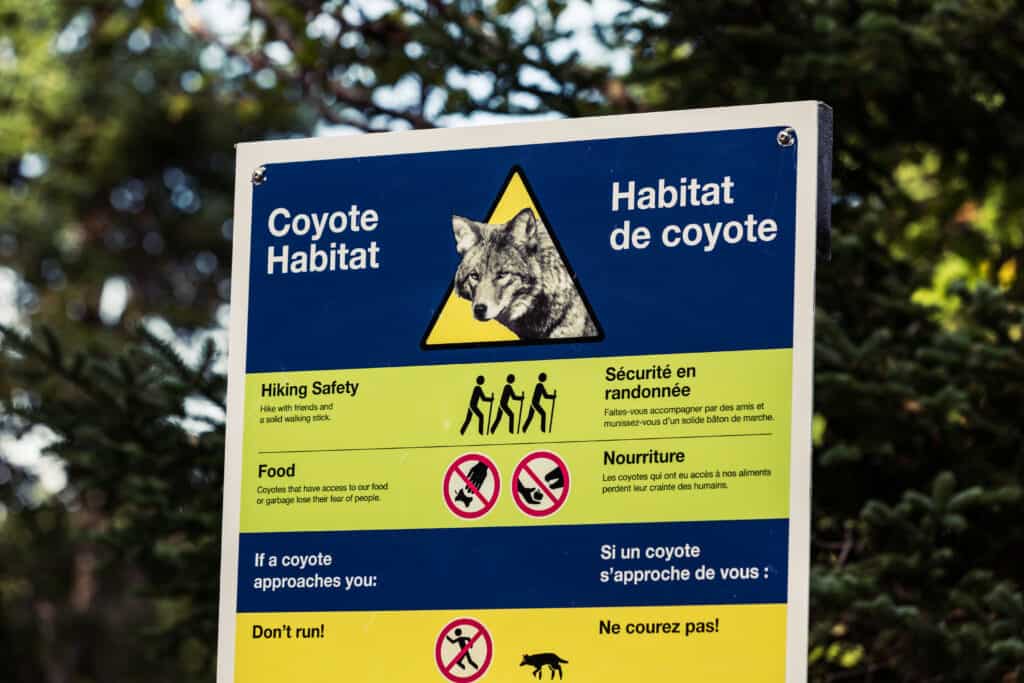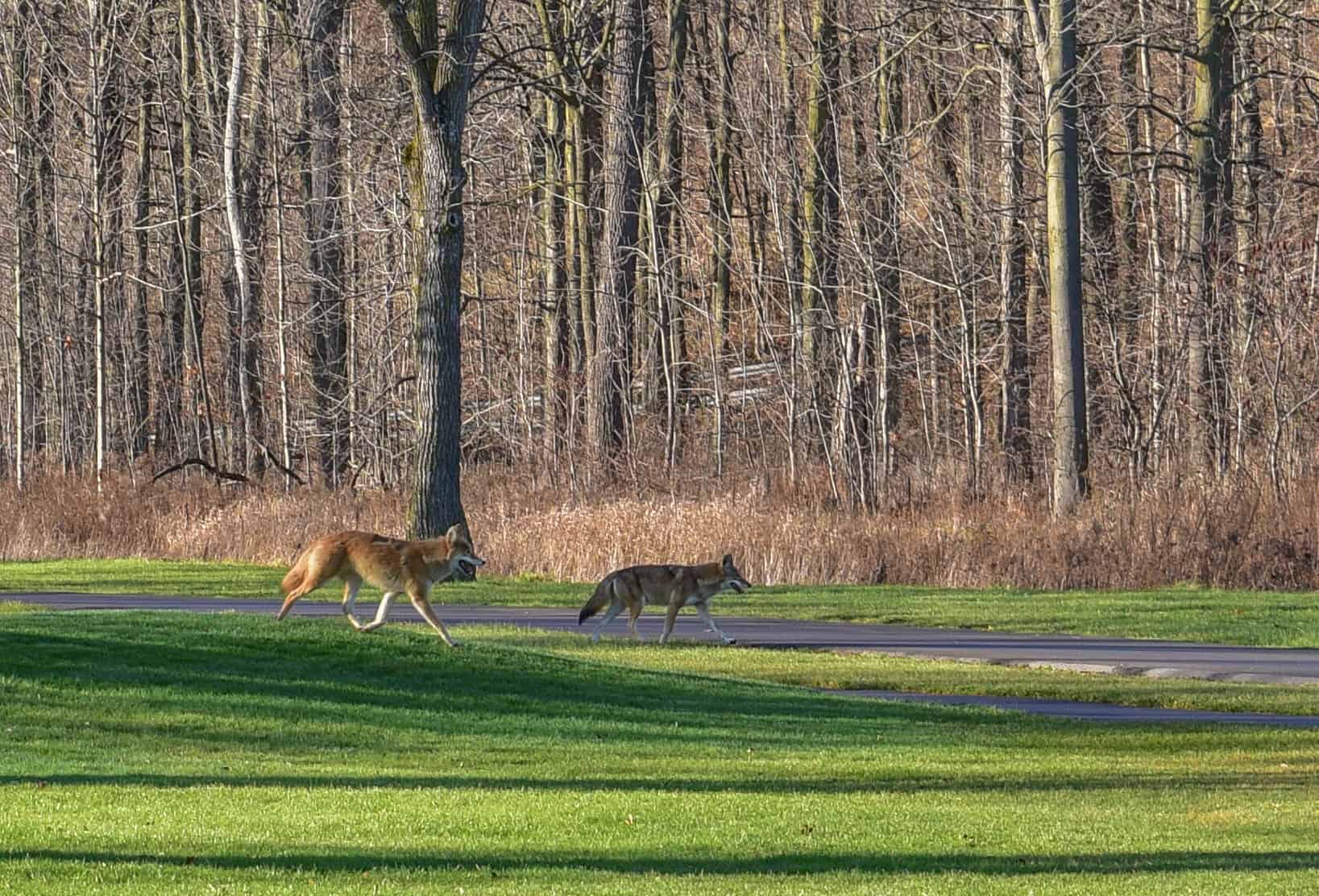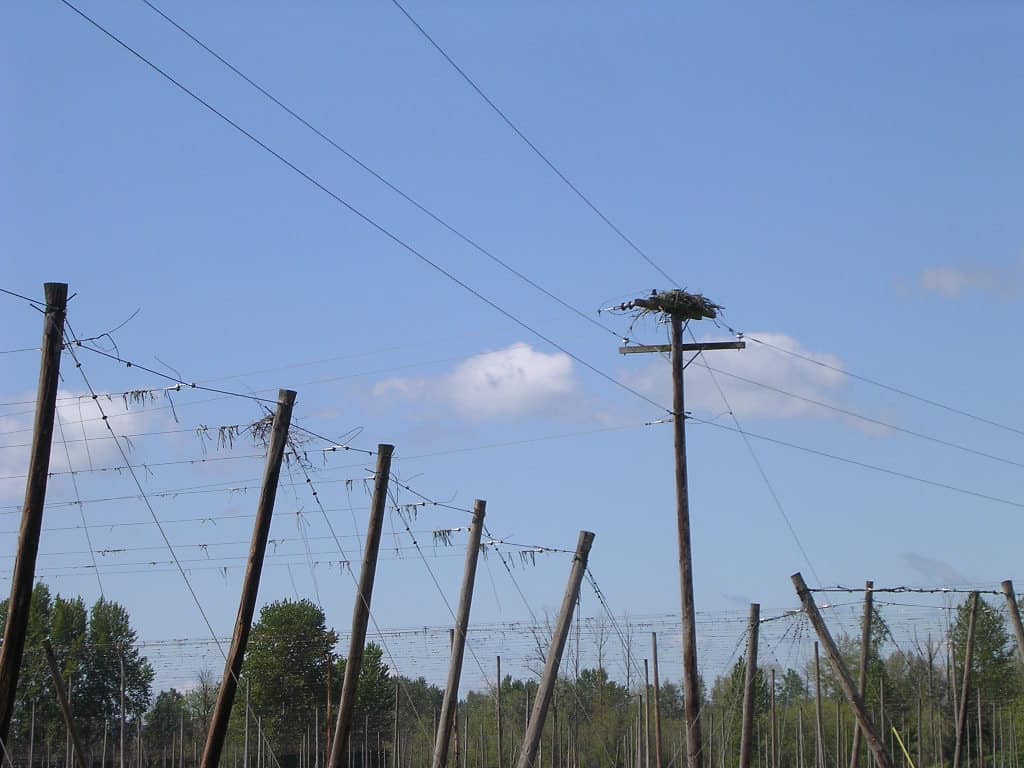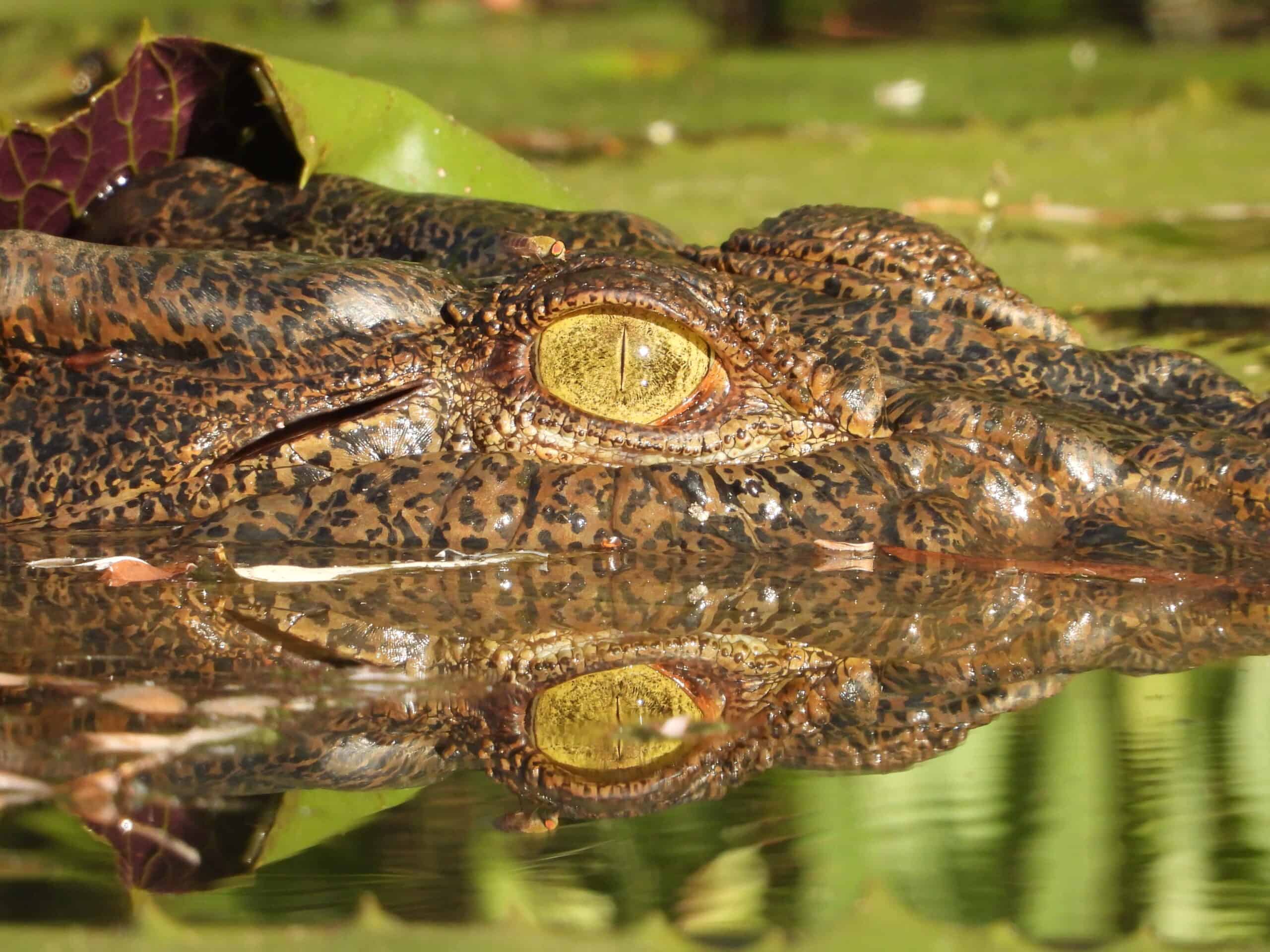Share this article
Wildlife Featured in this article
- Moose
- Coyote
Coyotes that hunt moose may also go after humans
To understand why coyotes attack humans, researchers examined what the canids were eating
In 2009, coyotes in Cape Breton Highlands National Park killed a 19-year-old singer from Toronto while she was hiking. The case was extremely rare, and the coyotes responsible were killed in the following days.
“It’s believed that the group of coyotes that attacked and fatally wounded the hiker worked together to depredate that individual,” said Seth Newsome, a biology professor at the University of New Mexico.
But researchers still didn’t understand why the coyotes went after an adult human in the first place. Some think coyote (Canis latrans) conflicts with humans occur because they have become habituated to humans, getting their food from them directly or indirectly. But Cape Breton is a fairly wild place without much human impact.
In a study published recently in the Journal of Applied Ecology, Newsome and his colleagues examined the coyotes in Cape Breton Highlands National Park to see if they could find any ecological clues as to why this attack occurred.

They examined the stable isotopes in whisker samples taken from a few dozen coyotes in Cape Breton from 2011 to 2013, including those believed to be responsible for killing the woman in 2009. These chemicals reflect what food the animal had been eating for the past six to eight months. “The chemical composition gets locked into the hair it grows,” Newsome said.
They also studied radio collar data on 23 coyotes and analyzed coyote scat.
The researchers were surprised to find from the stable isotope and scat analysis that many coyotes in Cape Breton were relying on moose (Alces alces) for a large part of their diet.
“We didn’t expect this simply because moose are large,” Newsome said.
Many of the coyotes involved in the attack on the singer had evidence of moose in their diet. The GPS analysis also revealed that the coyotes weren’t just scavenging moose that had died from other causes, but actually preying on the large ungulates. If the snow is deep enough and the conditions are just right, Newsome said that it’s possible coyotes working in a team may have an advantage over even an adult moose.
It isn’t clear why the coyotes began to prey on moose in Cape Breton, but it might have to do with a regular boom and bust cycle of their ordinary prey in the area. If the smaller mammals they prey on like snowshoe hare (Lepus americanus) weren’t around as much for a period, then some coyotes may have learned to team up and take down larger animals like moose.
Newsome said that it’s possible that this kind of behavior, which is odd for coyotes, may be what prompted them to attack humans. “If they were learning how to successfully hunt moose, then hunting a person is probably not all that difficult,” he said.
If so, the ecological situation in Cape Breton reveals a new method for a possible increase in human-coyote conflict. While coyote attacks on humans are rare, Newsome said it’s important to understand possible drivers of these situations.
As far as management goes, he said it would be difficult to stop the coyotes that have learned to prey on moose from doing so. But in some cases, it might be necessary to track which coyotes are doing it, and remove them.
Header Image: Researchers wanted to learn whether human-supplemented food has played a role in coyote attacks. Credit: Michal Hunter








